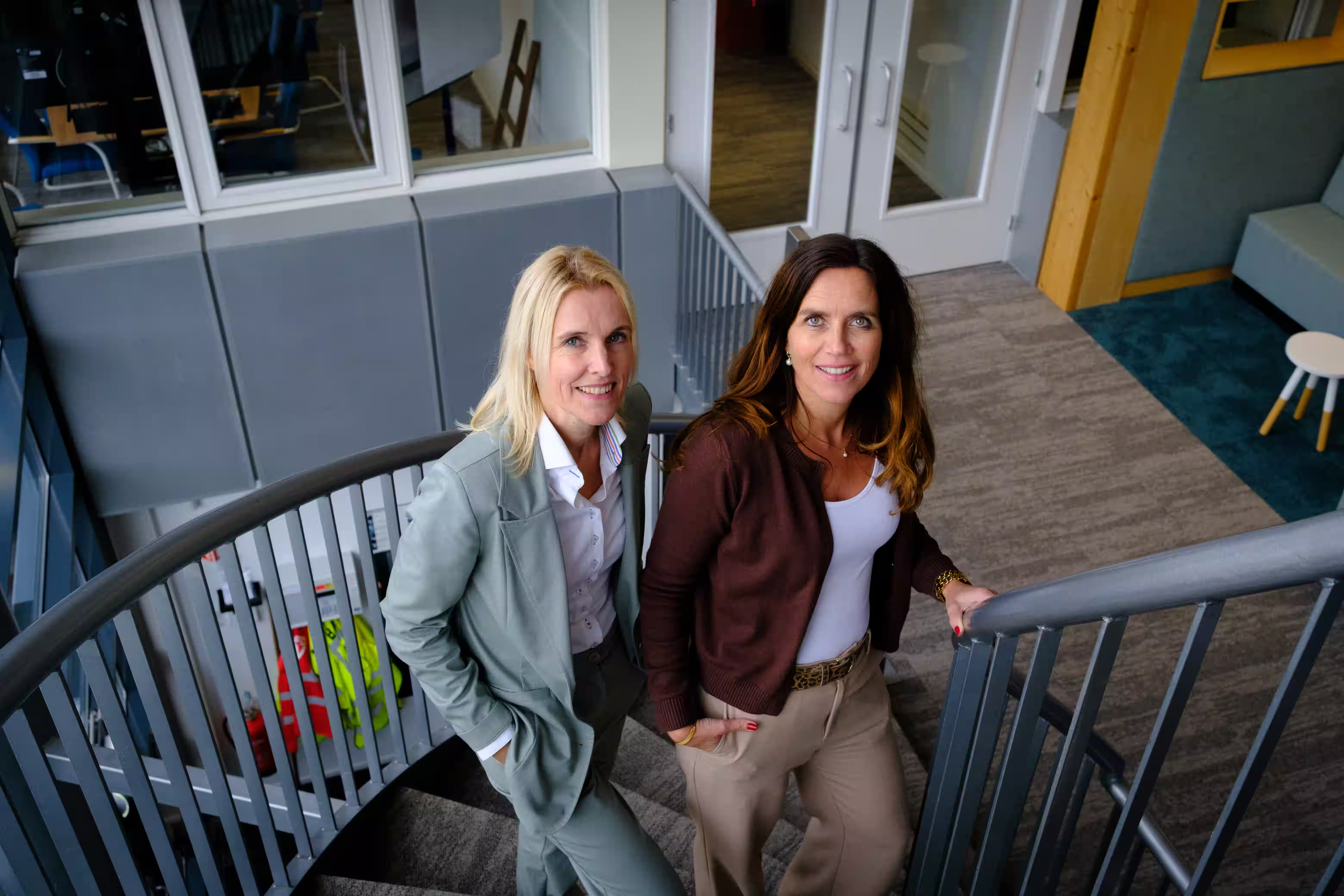I have a question...
You are at a client's home, or in a bedside care center, in the hospital, or during a consultation. And you run into an unexpected situation. You don't have much time. Other clients are waiting and time is simply scarce in healthcare. This requires knowledge or at least an answer to your question. You know this is in the quality manual or in the organization's knowledge base, but even before you find or even open the document... your time is already up. You did not find or receive an answer. You come up with a solution yourself...
Why is it so complicated to get the answer to a question?
In our current changing society, we are increasingly finding out how important it is to be able to access knowledge in real time. Via Google, you search by asking a question. And in a few seconds, you'll have the answer. Without having to do a lot of actions. So why, as professionals in our work environment, do we still have to take so many actions to get or find the right answer? Can't that be different?
Fewer documents, more content
Organizations invest a lot (in euros and in manpower) in providing knowledge in the form of quality documents, handbooks, procedures and protocols. With the aim of preventing the wheel from being reinvented. Because certain quality standards must be met and the correct information is available. This is often unlocked through documents, in external document or quality systems. To meet the 'fast' information needs of employees, it seems logical to offer more and more knowledge in the form of content instead of documents. Content that can be viewed via the social intranet on any device, anywhere, anytime.
Simple
It seems very simple and actually it is. By thinking in a demand-driven way and from the user's point of view, you can easily take steps. What does an 'average' colleague need in terms of providing information? And on which device do they work the most? Can a user comment or add and share their knowledge with others? Just a few questions you can ask as an organization.
Solution
We have implemented a knowledge guide based on themed solution pages for several healthcare customers. One customer eventually found out that even two-thirds of the documents were no longer needed. We started with 1,200 documents from a knowledge base and the quality manual, including protocols, work instructions, and other quality documents. And we ended up with about 250 documents. The rest of the information is divided into approximately 100 topics/themes that meet search terms that are important to the user. Such as hygiene, malaria, but also leave. The themes are placed in a web page and organized according to a fixed pattern, such as:
- Frameworks or more information (what do you need to know as a professional anyway)
- frequently asked questions and answers, supplemented with a few documents
- Knowledge holders from the organizations and relevant links
- Comment option on the page itself about the theme
Response option
By giving the user the opportunity to comment on the theme themselves, the information can be enriched. And it is clear to colleagues what is being shared about the theme and the status of the page. This response field can also be used to adjust the official documents such as protocols. The ability to comment on the theme pages ensures that the knowledge is from and for everyone.
I'm getting an answer!
You are at a client's home, or in a bedside care center, in the hospital, or during a consultation. And you run into an unexpected situation. You don't have much time because other clients are waiting and time is simply scarce in healthcare. This requires knowledge or at least an answer to your question. You pick up your smartphone. You ask a question. And you end up on a topic page with the answer to your question. You still have plenty of time left to help your client!
Read more about the power of the social intranet in our free ebook: Social Workt. And are you a healthcare professional? Download now also: A digital workplace for healthcare


.webp)



.jpg)
